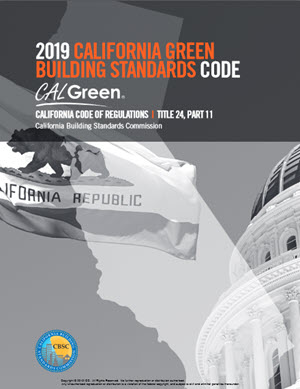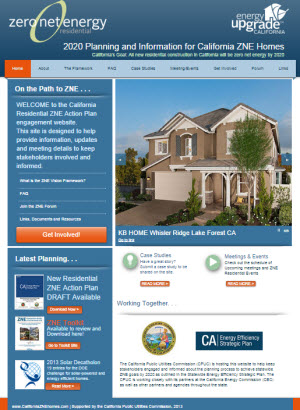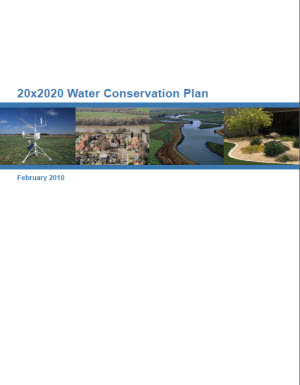California Green Building Standards Code
California Green Building Standards Code, referred to as CALGreen, went into effect on January 1, 2011. California nows require that new buildings reduce water consumption, employ building commissioning to increase building system efficiencies, divert construction waste from landfills, and install low pollutantemitting finish materials. CALGreen’s mandatory measures establish a minimum for green construction practices, and incorporate environmentally responsible buildings into the everyday fabric of California cities without significantly driving up construction costs in a slow economy.
CALGreen has approximately 52 nonresidential mandatory measures and an additional 130 provisions that have been placed in the appendix for optional use. Some key mandatory measures for commercial occupancies include specified parking for clean air vehicles, a 20% reduction of potable water use within buildings, a 50% construction waste diversion from landfills, use of building finish materials that emit low levels of volatile organic compounds, and commissioning for new, nonresidential buildings over 10,000 square feet.
More info here.
2020 Planning and Information for California Zero Net Energy (ZNE) Homes
In 2007, the California Public Utilities Commission (CPUC) adopted the aspirational goals that all new residential construction in California will be zero net energy by 2020, and all new commercial construction in California will be zero net energy by 2030. The CPUC reiterated its commitment to these goals when it adopted the California Long Term Energy Efficiency Strategic Plan in 2008. The Strategic Plan was developed through a collaborative process involving the CPUC's regulated utilities - Pacific Gas and Electric Company (PG&E), Southern California Edison Company (SCE), San Diego Gas and Electric Company (SDG & E), Southern California Gas Company (SoCalGas) - and over 500 individuals and organizations over nearly a year.
The California Energy Commission adopted the goal to achieve zero net energy building standards by 2020 for homes and 2030 for commercial buildings in its 2007 Integrated Energy Policy Report (IEPR), and reaffirmed that goal in its 2011 IEPR. The Zero Net Energy Building goals have also been supported in the California Energy Action Plan, the AB 32 Scoping Plan, the Governor’s Clean Energy Jobs Plan, and the Clean Energy Futures Vision.
More info here.
20x2020 Water Conservation Plan
In February 2008, Governor Schwarzenegger introduced a seven-part comprehensive plan for improving the Sacramento-San Joaquin Delta. As part of this effort, the Governor directed state agencies to develop a plan to reduce statewide per capita urban water use by 20 percent by the year 2020. This marked the initiation of the 20x2020 Water Conservation Plan (20x2020 Plan) process.
More info here.




